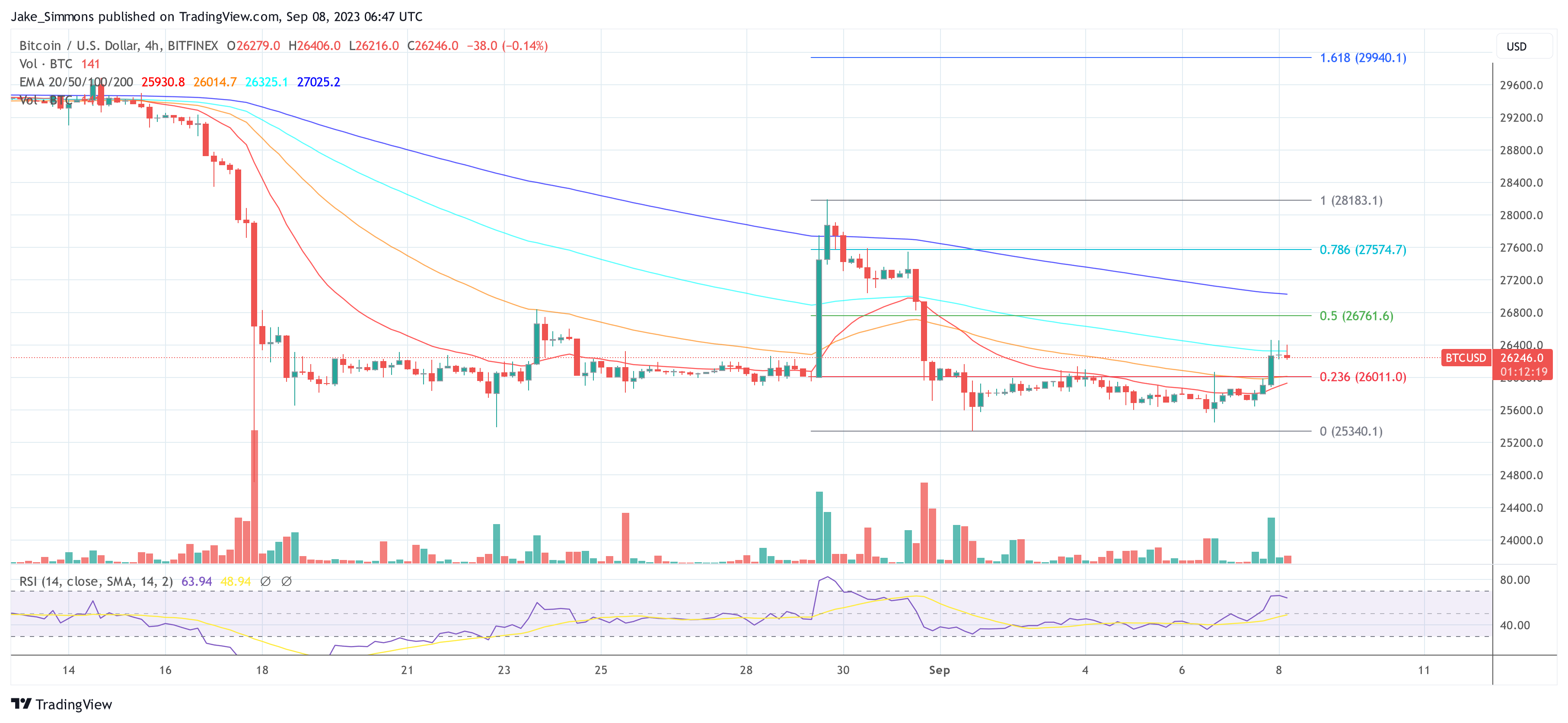In a recent comprehensive report from Capriole Investments, Charles Edwards presents a compelling case for why 2024 will be a pivotal year for Bitcoin, potentially delivering the highest returns in the current four-year cycle. The report takes a closer look at multiple facets of Bitcoin’s future, including its role as an inflation hedge, the upcoming halving event, and the impact of upcoming ETF approvals.
A confluence of catalysts for Bitcoin
Edwards begins by addressing the skepticism surrounding Bitcoin’s performance as an inflation hedge. “Bitcoin is getting a tough reputation for its performance from 2021, amid growing inflation,” he notes. Contrary to popular belief, Edwards claims, “Bitcoin was a great inflation hedge — and that’s when it was needed.”
He highlights Bitcoin’s impressive 1000% rise between Q1-2020 and Q1-2021, outperforming all other asset classes. This increase, he explains, was in direct response to the Federal Reserve’s multi-trillion dollar quantitative easing packages announced in March 2020. “The markets today are moving incredibly fast and looking ahead. As soon as macro announcements are made, the pricing starts,” says Edwards.
Edwards compares Bitcoin to traditional hedges and points out that Bitcoin’s performance during the liquidity boom was unparalleled. “There is no doubt that Bitcoin has dominated the crisis as the best inflation hedge,” he argues, adding, “There is no second best. Bitcoin was the biggest inflation hedge we’ve ever seen.”
The second critical catalyst for Bitcoin is the upcoming April 2024 halving. Edwards emphasizes the severity of this event, stating, “Bitcoin’s upcoming April halving will reduce Bitcoin supply growth to 0.8% per annum and below that of gold (1.6%). for the first time ever.” This means that “Bitcoin will become harder than gold for the first time in April 2024.”
Addressing the common argument that the halving is already priced in, Edwards says, “If there’s one thing we’ve learned from Bitcoin’s past, it’s that the halving was never priced in.” He argues that an 80% cycle drop wipes out all interest in Bitcoin. In addition, Edwards draws parallels with past cycles, noting that many on-chain metrics indicate that the current cycle mirrors exactly that of 2019 and 2015.
Third, Edwards also addresses the regulatory landscape, highlighting the clarity brought about by the CFTC’s classification of Bitcoin as a commodity in 2021. He also mentions the important announcement of Blackrock’s Bitcoin ETF filing and the order of the federal appeals court to the SEC to reconsider its policy. rejection of the Grayscale spot ETF. His basic expectation is that the SEC will approve the spot ETF in October 2023 or January 2024.
In discussing the potential impact of ETFs on Bitcoin, Edwards draws a parallel with gold, pointing to the significant bull run that followed the approval of the Gold ETF in 2004. “When the approval of the Gold ETF hit, a huge efficiency of +350%. seven-year bull run,” the analyst noted, adding, “So we have three incredible catalysts ahead,” he says, commenting on the upcoming halving, upcoming ETF approvals and Bitcoin’s status as a lists the best inflation hedge.
In conclusion, Edwards presents a bullish but cautious outlook. While acknowledging the short-term bearish signals, he remains optimistic about the long-term outlook. “In Bitcoin’s four-year cycles, there are typically 12 to 18 months where 90% of returns occur, followed by 2 to 3 years sideways and downwards,” he notes, adding: “I expect the highest returns from this year The cycle will be 2024 and I believe the data supports this statement.”
At the time of writing, BTC surged to $26,246, up 1.8% over the past 24 hours.

Featured image from iStock, chart from TradingView.com

